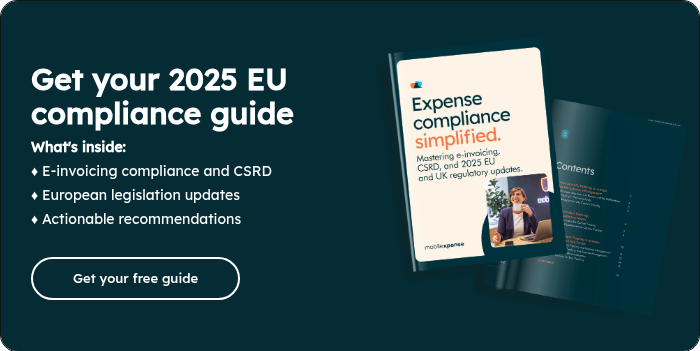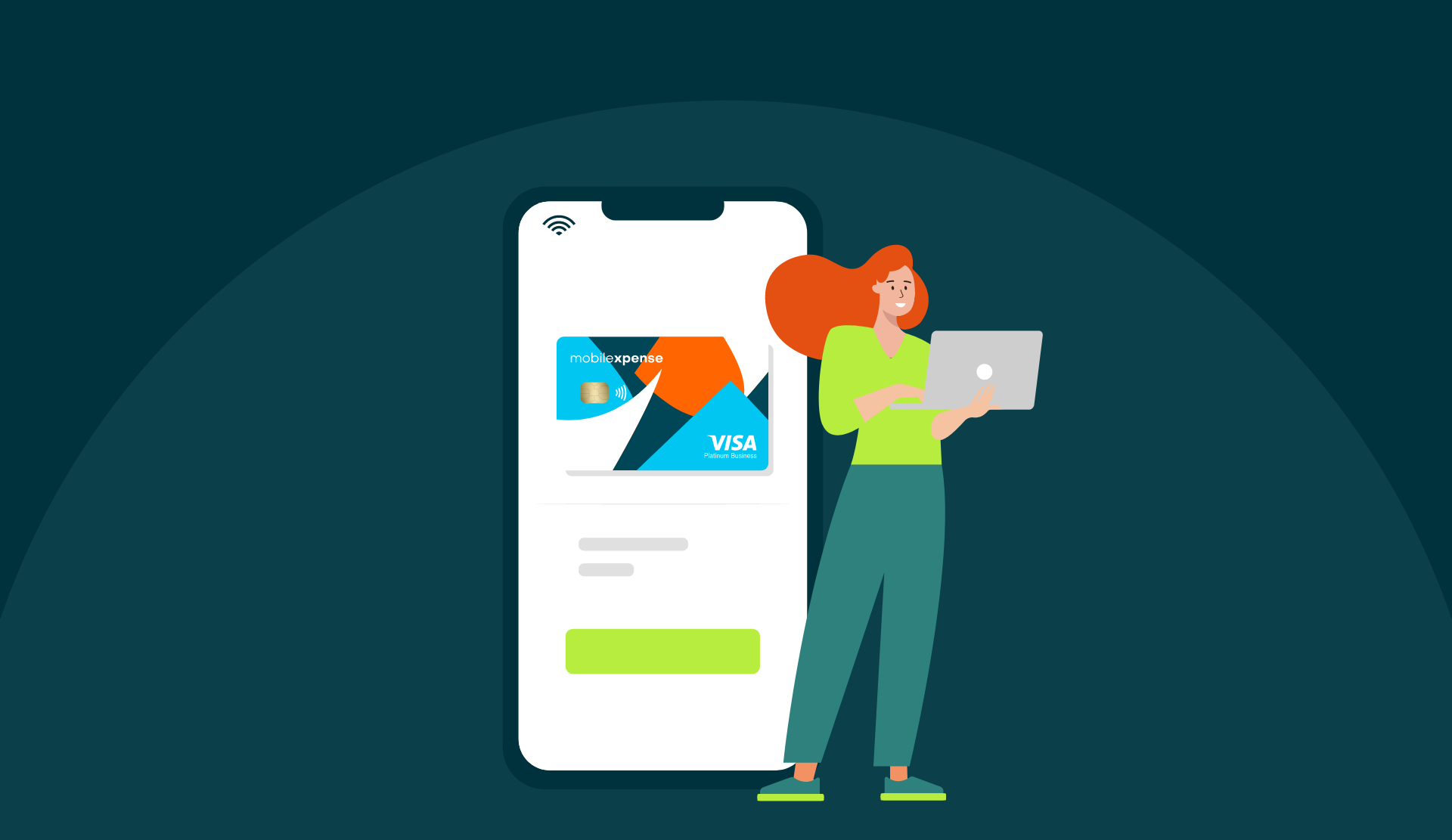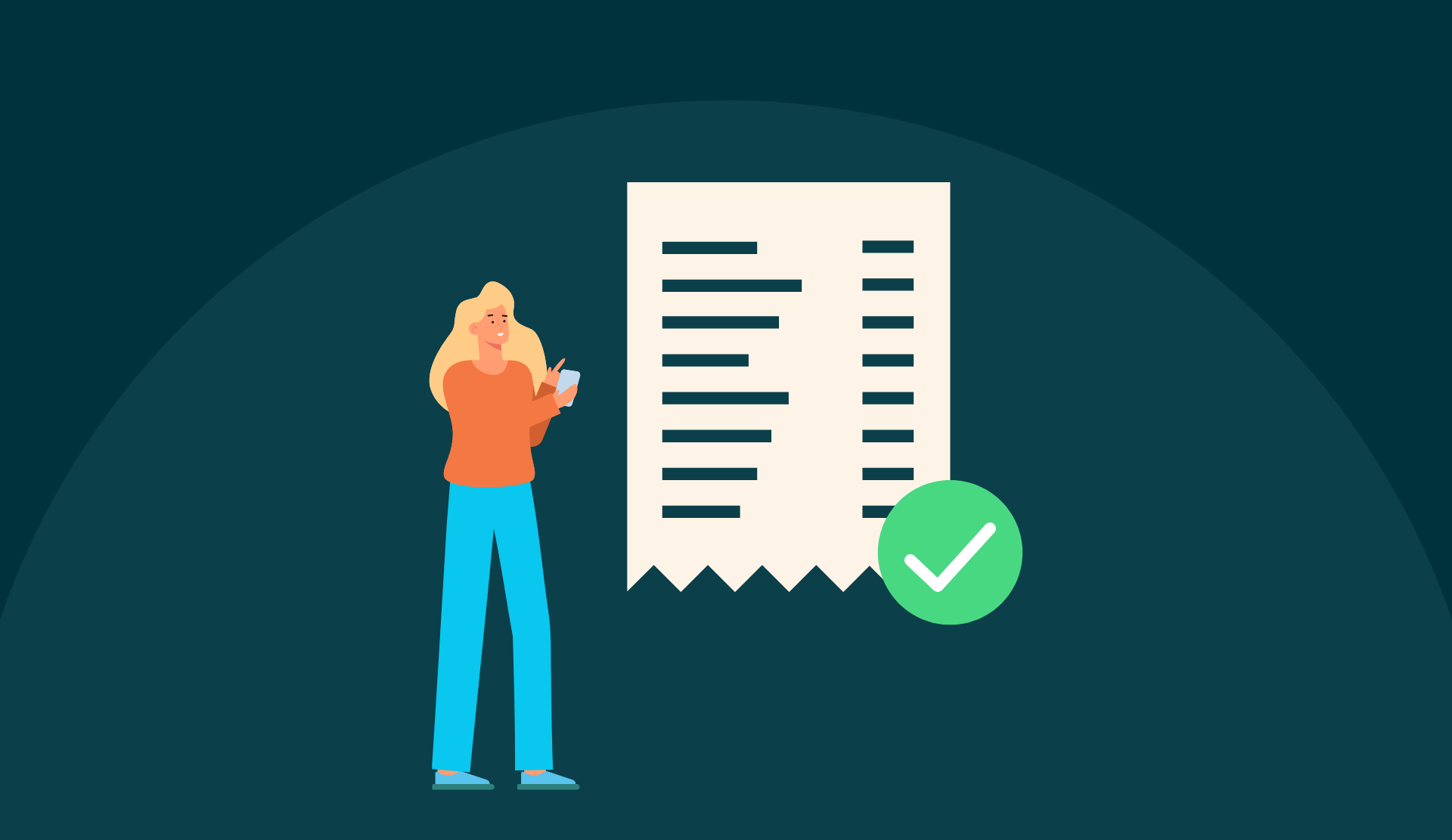What are the different types of e-invoices?
E-invoices differ fundamentally in two ways: the type of transaction, and how the transaction is structured and delivered. The types include:
- An invoice recording a transaction between buyer and supplier, including issuing of a self-billed e-invoice to document on expense.
- A credit note issued by a supplier to apply a discount or correct an error. It is designed to reduce the value of the original e-invoice without issuing a refund.
- A debit note, which is an additional charge on an existing e-invoice.
- A refund e-invoice is issued by a supplier to the buyer to confirm refund of their payment.
/Blog_Infographic%20Types%20of%20e-invoicing%20(Mobile)%20.png?width=1080&height=1080&name=Blog_Infographic%20Types%20of%20e-invoicing%20(Mobile)%20.png)
E-invoices also come in several forms, depending on how they are processed and exchanged. An e-invoice is not any document that is sent electronically; for example, unstructured data issued in PDF or Word formats, a fax or images of invoices, such as JPG or TIFF.
Instead, e-invoice formats include XML, which use machine-readable structured data, or PDF invoices with embedded XML files for easier digital processing. Other widely used formats are the EDI (Electronic documents interchange), XML invoices, Peppol, CSV, JSON, UBL. The e-invoice is transmitted to the customer via an operator in a structured data format using secure, integrated solutions.
How does e-invoicing work?
If an e-invoice is a structured digital record of a transaction, e-invoicing is the automated exchange of invoice data via a secure electronic format. In an e-invoicing system, the supplier generates an electronic invoice which is compliant with the buyer’s system, as well as any local tax regulations.
E-invoicing begins when the supplier generates an invoice in a structured digital format. They are sent through an open network like PEPPOL, via a government portal or private EDI connection, or using a service provider. Digital signatures and encryption methods to verify authenticity and protect sensitive data.
Once received, the buyer's financial system extracts key details for reconciliation, and automatically processes and validates the invoice. Integration with ERP systems allows automatic updates to accounts payable and receivable, reducing manual intervention. Compliance checks are also performed to ensure legal and tax requirements are met.
Regulations and compliance for e-invoicing
While e-invoicing has clear benefits, there is another good reason for making it part of your business – regulation.
In recent years, e-invoicing in the European Union has gained momentum, in particular following EU Directive 2014/55/EU, which mandates standardised e-invoicing for public procurement. This includes the adoption of the EN 16931 standard for invoices, which effectively guarantees consistency, uniformity and cross-border interoperability.
Public entities must accept e-invoices that conform to EU’s specifications in order to remain compliant. Compliance involves following data format specifications, tax requirements, and security protocols, such as using digital signatures. Businesses must also ensure that their invoicing systems are compatible with the public administration's infrastructure – for example when dealing with B2G (business to government) transactions. Failure to comply with these regulations may result in payment delays, or penalties.
The good news is the Directive will ultimately drive efficiencies in the procurement and reconciliation process, reducing manual work and eliminating human error.
Regulatory frameworks for e-invoicing vary across regions, but countries outside the EU – including the UK and the United States – who do not adhere to the regulations may find their EU-based clients will insist on it in order to do business.
How do I transition to e-invoicing?
If companies follow a structured approach, transitioning to e-invoicing does not need to be disruptive. Here’s a simple, step-by-step process.
- Assess your current invoicing processes and identify the key areas for improvement.
- Analyse and choose a reliable and compliant e-invoicing solution that integrates with your existing accounting systems.
- If you can, test the new solution on a non-critical part of your business. This will help uncover any issues and allow you to resolve them before you roll it out to the wider business.
- Train your teams on the new system to ensure it is implemented correctly.
- Inform any business partners and clients about the shift to e-invoicing, addressing any concerns or technical challenges they may have.
- As part of your compliance, maintain a regular review of local regulations and tax laws regarding e-invoicing. As part of your broader digitisation efforts, automate workflows to increase efficiency, reduce human error and enhance transparency.
Conclusion: e-invoicing solutions
E-invoicing, and related invoicing and expense processing solutions and software, are helping transform the way businesses manage their financial operations. They help automate processes, enhance accuracy, and ensure compliance with emerging regulations. They also foster greater efficiency in both public and private sector transactions, making cross-border trade simpler and more transparent. As digital transformation accelerates, e-invoicing is set to become the global standard, benefiting businesses of all sizes through reduced costs and streamlined and secure operations.
As regulations on e-invoicing continue to evolve, now is the time for businesses to adopt compliant, secure, and efficient invoicing and expense solutions. Whether you are a small enterprise or a large corporation, adopting a comprehensive e-invoicing platform can streamline your processes and ensure regulatory compliance, positioning your business for long-term success.
To learn more about emerging technology and regulation in the payments space, why not sign up for our email newsletter, The Expense, to get all the latest updates on the world of finance.







